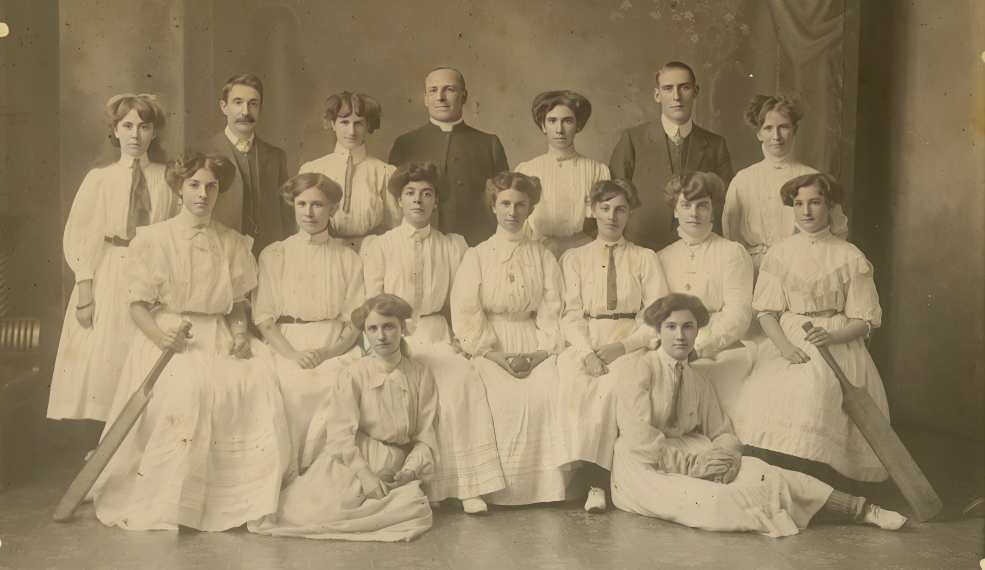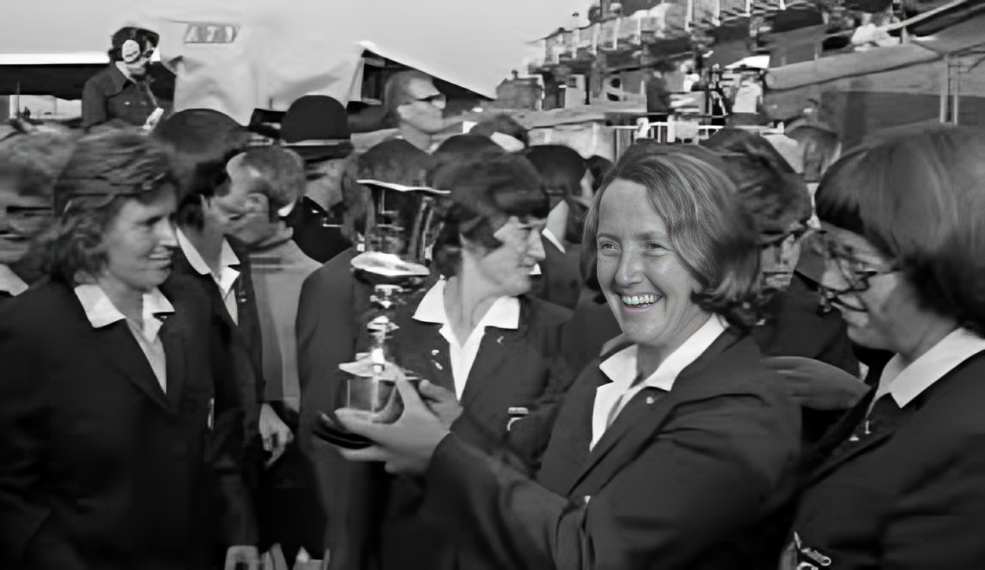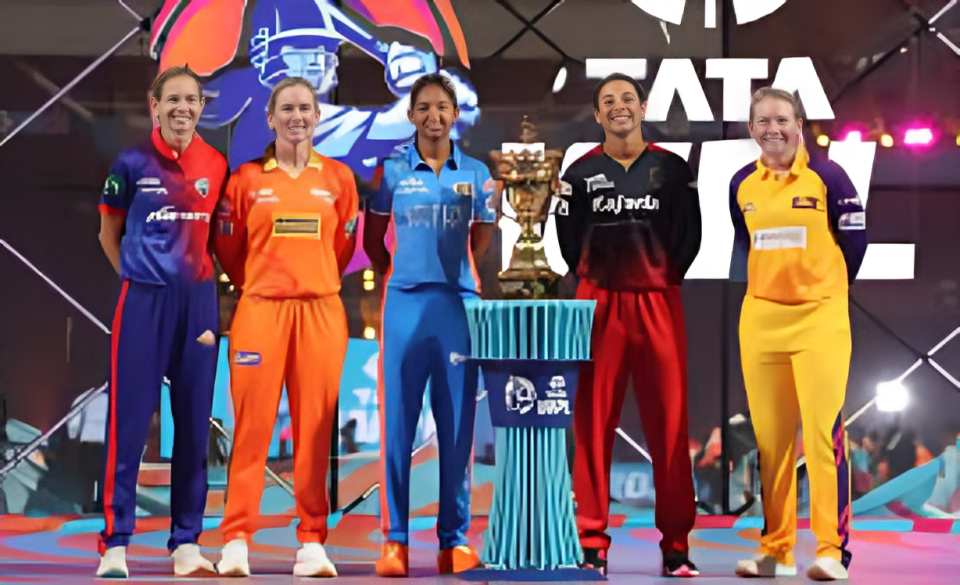Explore the rich history of women’s cricket, from its humble beginnings to achieving global recognition. This journey highlights key milestones, legendary players, and the growing influence of women in shaping the future of the sport worldwide.
Global growth

The Global Rise of Women’s Cricket
By 1934, women’s cricket had gained international appeal, with associations emerging in Australia and New Zealand. This marked the beginning of international women’s cricket, as an England team traveled to Australia for the 1934/35 season, competing in three Test matches and winning two.
As international matches grew in frequency, affordability remained a barrier. In 1958, the formation of the International Women’s Cricket Council aimed to address this by promoting global tours and fostering communication between nations. Founding members included England, Australia, New Zealand, South Africa, and Holland. Over time, the council’s membership expanded, welcoming India and the West Indies in 1973, Ireland in 1982, Denmark in 1983, and Pakistan and Sri Lanka in 1997.
The Women’s World Cup

The first Women’s Cricket World Cup was born from a chance conversation between England captain Rachael Heyhoe-Flint and businessman Jack Hayward. In 1973, Hayward funded the tournament with £40,000, bringing together seven teams, including England, Australia, and an International XI. Its success led to a historic moment in 1976, when England, led by Heyhoe-Flint, played Australia at Lord’s—the “Home of Cricket”—and secured an eight-wicket ODI victory.
Financial struggles long hindered the women’s game. To address this, cricket boards began merging men’s and women’s operations, starting with New Zealand in 1992 and England in 1998. In 2005, the International Women’s Cricket Council handed control to the ICC, unifying governance.
The shift allowed more funding, culminating in the ECB’s 2014 introduction of professional contracts for England’s top players. Today, professional contracts are standard across all T20 World Cup nations, including newcomers like Thailand.
The rise of T20

T20 cricket, featuring 20 overs per side, made its professional debut in 2003 and has been pivotal in advancing women’s cricket. The ICC launched the first Women’s T20 World Cup in 2009, held alongside the men’s tournament, boosting exposure through double-header matches.
By 2018, women’s cricket had grown significantly, with the World T20 in the Caribbean staged as a standalone event. The 2017 Women’s ODI World Cup attracted over 180 million viewers, filling Lord’s for the final. Organizers of the latest tournament aim to surpass this, targeting a record-breaking crowd of 95,000 at Melbourne Cricket Ground.
Experience the thrill of exciting games at E2Bet!
Helpful Tips to Keep in Mind:
